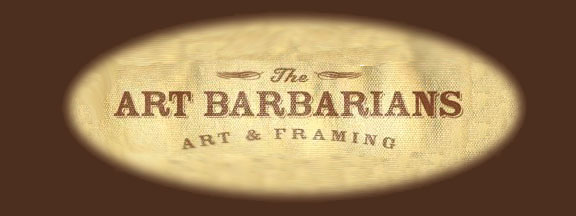Home | Prints | Originals | Framed Art | Framing | Events | About Us | Mailing List | Map | View Cart

Type in keywords, titles, portions of titles, artist name or combinations of any to search our entire site.
First Picture | Previous Picture | Next Picture | Last Picture

Sap Bucket - Myrtle Warbler By Robert Bateman
By Robert Bateman
Sap Bucket - Myrtle Warbler by Robert Bateman
"A particular pleasure of early spring was a visit to a sugar bush, a maple woodlot being tapped to make maple syrup. The sap begins to run when temperatures exceed freezing during the day then drop below freezing at night. In fact, this alternation between freeze and thaw is crucial to a good flow. During my childhood, sap was still collected by traditional methods, in much the same way that native people had taught the early pioneers to harvest it. When the sap buckets were full, they were emptied into a gathering tank on a horse-drawn sled for transport to the sugarhouse, where the sap was evaporated in big pans over a constantly stoked wood fire. When I recall maple-sugaring time, I hear the snorting of horses and feel the crunch of last year’s leaves beneath the granular late-spring snow. The warm spring sun shines through a barren tracery of branches, casting filigree shadow patterns on the ground. I know that in a few weeks the woods will come alive with wildflowers, but the only signs of life now are the running sap and perhaps an early returning migrant like a yellow-rumped warbler. Inside the sugar house arid wood smoke mixes with the sweet smell of maple vapors, reputed to be a sure-fire cure for a spring cold. Such memories evoke for me a simpler time, when communal labor was a regular part of most people’s lives."
"Our ancestors evolved wonderful comprehensive systems for working gently with nature. They had to, because destroying nature would destroy the basis of the economy and even human life. In the late 20th century we have been under the illusion that modern technology can circumvent nature."
Maple syrup production is a good example of the gentle interface between traditional man and nature. With the right timing, the sap can be taken from sugar maple trees year after year. The sugar bush was an important part of the working farm. It not only provided maple syrup and sugar for family use and for sale, it was a perfect source of firewood in an age when heat was not provided by oil or electricity. The maple-beech-hemlock forest type is a climax stage. That is -- the young trees can continue to grow in their parents' shade and so the various species perpetuate themselves. As old trees are removed for firewood, the young trees are ready to replace them."
"In this painting, I have shown a mature maple and traditional tin sap bucket. The warmth of the early spring sun is melting the snow and causing the sap to rise. The young maple seedlings are well established, some as saplings. Through the carpet of last autumn's leaves, a spectacular array of spring flowers (trillium's, trout lilies, blood-root and many others) are about to emerge. And the first of the migrant warblers to arrive is searching the area for early insects. The myrtle (yellow-rumped) warbler is a true harbinger of spring in the woodlot." ~ Robert Bateman
Sap Bucket - Myrtle Warbler by Robert Bateman is available as a signed and numbered limited edition print with a 11-3/4 x 19-7/8 image size priced at $195 unframed.
Order yours today. All artwork is professionally boxed and insured and guaranteed to arrive in mint condition.
| Types | Dimensions | Edition Size | Price | Cart |
|---|---|---|---|---|
| Signed And Numbered Limited Edition Print | 11-3/4 x 19-7/8 Image Size | 950 | $195.00 |
To Order Call:
763-494-8888